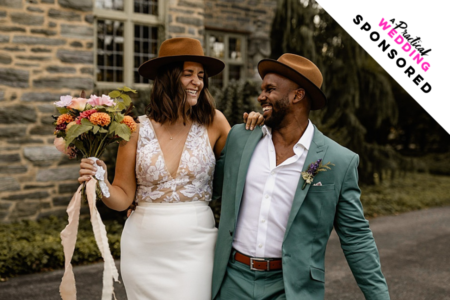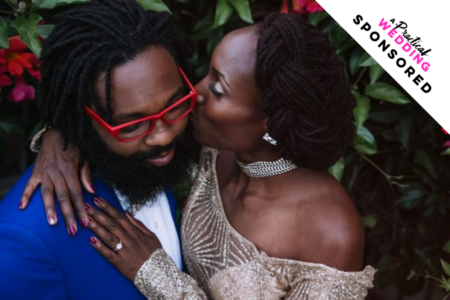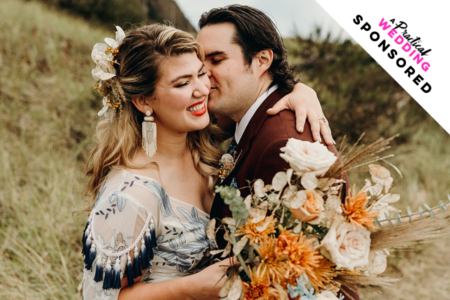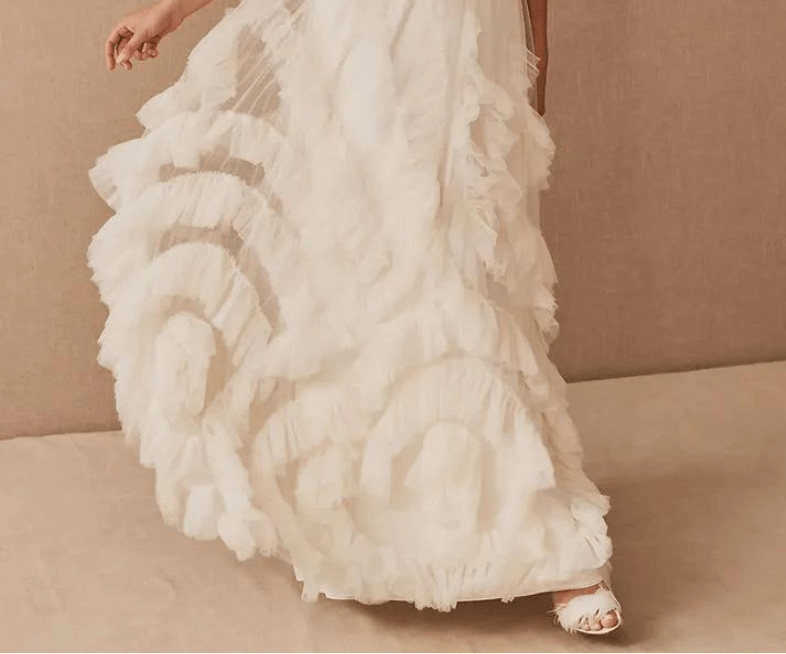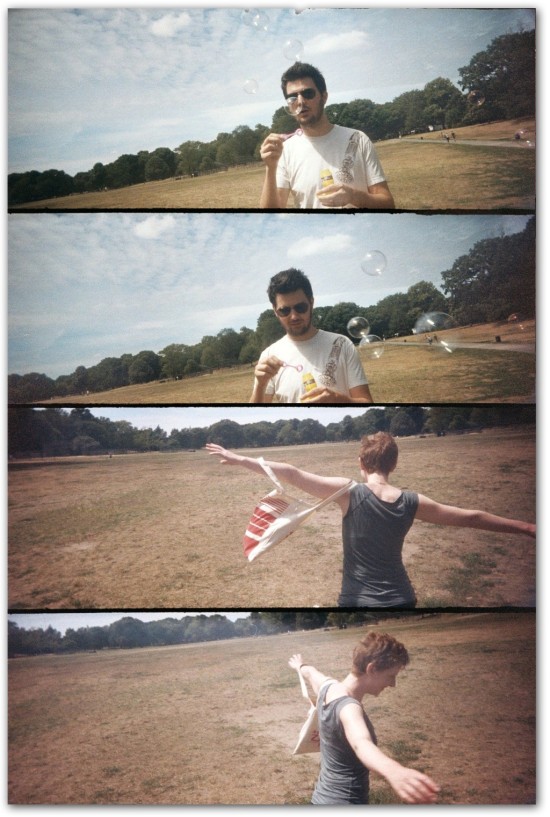 One of my favorite things about APW is getting to witness other people’s vows, albeit remotely. Brandon and I said ours at City Hall, and, for us, that was enough—we are not including a second ceremony at our upcoming reception. But it’s fascinating to read about how other couples describe and declare their lasting attachment.
One of my favorite things about APW is getting to witness other people’s vows, albeit remotely. Brandon and I said ours at City Hall, and, for us, that was enough—we are not including a second ceremony at our upcoming reception. But it’s fascinating to read about how other couples describe and declare their lasting attachment.
Right now, we’re preparing to describe our own attachment for a whole different audience: U.S. Citizenship and Immigration Services, who are processing my application to stay in the States as Brandon’s spouse. For us, it’s not a vow that measures our commitment, it’s a list of documents we’ve been asked to submit in advance of our interview as “proof of bona fide marriage.”
What do you have to show for your love? A black orchid? (Nicolas Cage fans? Anyone?) In our case, we offered our joint Botanic Garden membership, though there was no room to tell about the times Brandon braved his allergies to let me photograph the late-Spring bluebells. We showed them shared flights to the UK for Christmas, but had no space to include the BBC Radio Four stream he puts up with round the apartment when I’m homesick. We have a family cell phone plan. Doesn’t that make us a family?
Preparations for the reception and the interview have overlapped in unexpected ways. We searched through the same archived photos of the two of us together, first for our invitations, then to submit with Form I-130. I spent almost as much time on Visa Journey as on A Practical Wedding. Our marriage certificate became my second passport.
What’s curious about this overlap is that while weddings are so deeply personal, immigration is just the opposite. In that world, I’m not a bride; I’m an Alien Relative. And while nuptials are characterized by optimism, the immigration process is rooted in doubt. Marriage? They’ve seen marriage. What they want to know is: Is it bona fide? Unless you’re gay: Your marriage still lacks recognition under federal immigration law. Yes, it’s a system that’s dehumanizing at best, and unjust at worst.
Yet just as weddings work best at the sweet spot between self-expression and established ritual, I like to think my officially “immigrating” has allowed us some moments for Brandon and I to express ourselves through bureaucracy. “Fill up the vessel of tradition with yourselves,” as Meg counsels in a beautiful line in her book. Why not the vessel of USCIS too?
As it turns out, the person who understood this best was my mother, who trained as a lawyer. Strictly following the format provided, she put together an affidavit that was both legally sound, and a personal testament to us as a couple. “ITEM 12—We like Brandon very much and are very happy for them. They have a loving and caring relationship and share a lively sense of humor. He is an intelligent and sensitive young man and we are very pleased to welcome him into the family. He has fitted in very easily.”
My mother couldn’t be there for our vows. But having her witness our bid for my green card turned out to be one of the most meaningful steps in our marriage. Could there be a better way to reassure a foreign spouse that they are not an alien?
Photo of Madeline & Brandon’s invitations from Madeline’s personal collection

